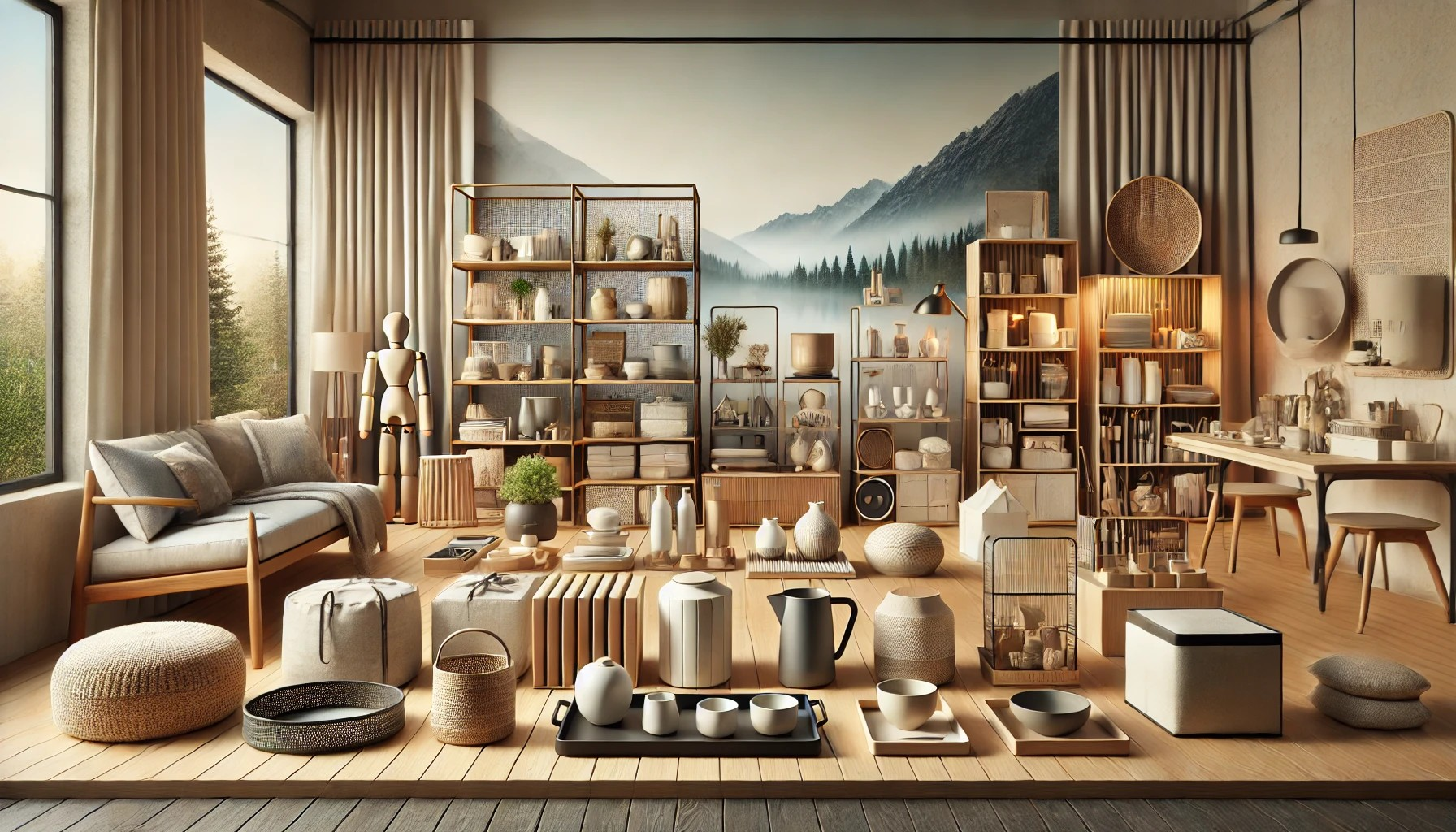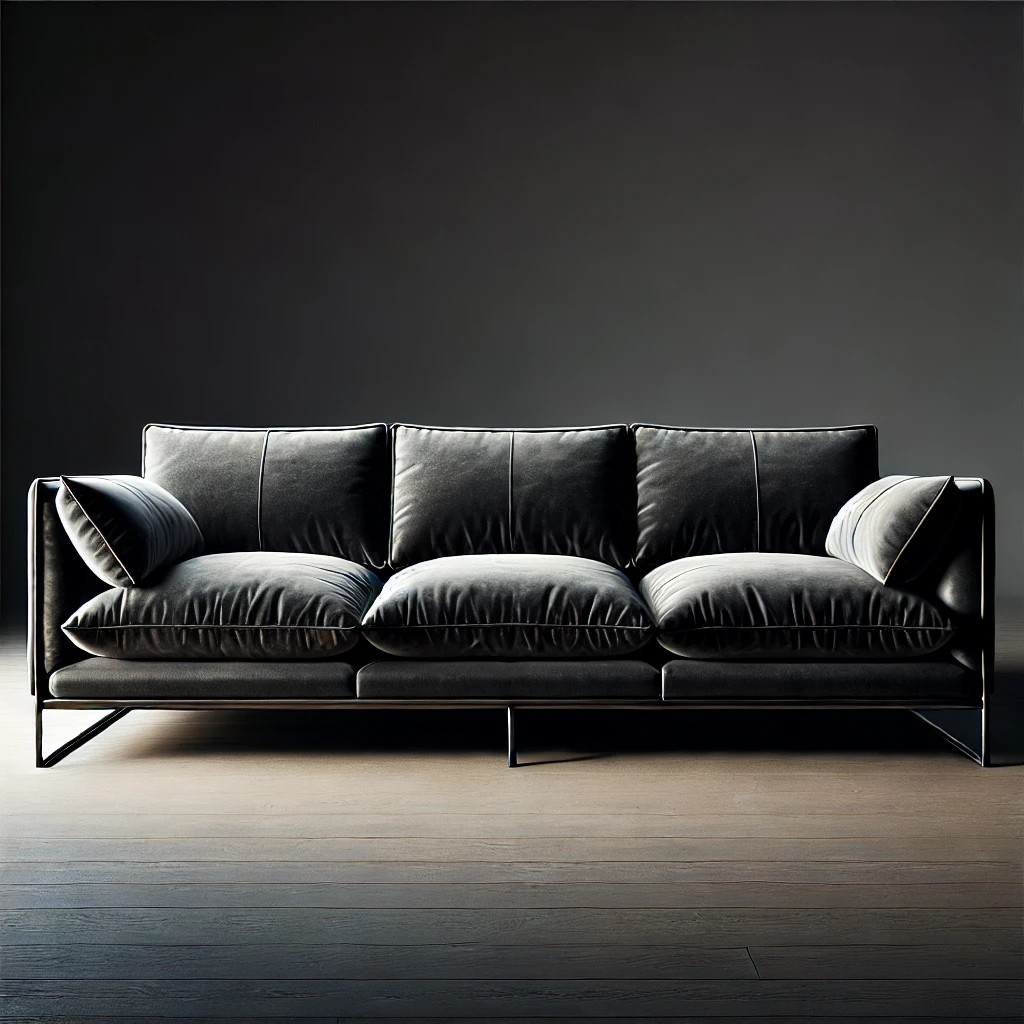Engineering Services
Building engineering design services involve the planning, analysis, and design of essential building systems to ensure safety, functionality, and efficiency. These services include structural, mechanical, electrical, and plumbing (SMEP) design. Engineers create detailed plans using advanced software to model and simulate building performance, optimizing factors like energy efficiency, durability, and cost-effectiveness. Key aspects include sustainable design, compliance with regulations, and integration with architectural vision. The goal is to deliver well-coordinated systems that meet client needs, from residential homes to commercial properties, ensuring reliable operation, ease of maintenance, and long-term value for the built environment.

Cupboards - Design
Cupboard design for clothing and general home storage prioritizes both functionality and aesthetics.
For clothing, wardrobes typically feature a mix of hanging space, shelves, and drawers to accommodate various garments and accessories. Integrated features like shoe racks, pull-out drawers, and adjustable shelves enhance organization and accessibility.
General home cupboards focus on maximizing storage for items like linens, cleaning supplies, and pantry goods. Clean lines, sleek finishes, and built-in lighting add a modern touch. Material choices range from wood to laminates, with styles from minimalistic to traditional.
The goal is to create practical storage solutions that blend seamlessly with the home’s overall design.
Furniture - Design
Furniture design for residential and commercial spaces balances aesthetics, functionality, and comfort.
In residential design, furniture prioritizes comfort, style, and the homeowner's personality, with materials like wood, fabric, and leather used to create cozy and inviting spaces. Designs range from traditional to modern, with a focus on usability and personal taste.
Commercial furniture design, on the other hand, emphasizes durability, flexibility, and brand identity. Materials like metal, laminate, and durable textiles are common, with ergonomic features for high-traffic areas.
Both types of furniture must complement the overall design while meeting the specific needs of the space, ensuring practicality and visual appeal.
Lighting - Design
Lighting design involves creating a balanced and functional illumination plan that enhances the ambiance and usability of a space.
It considers both natural and artificial light sources to achieve the desired mood, highlight architectural features, and support specific activities. Key elements include ambient lighting for general illumination, task lighting for focused activities, and accent lighting to add visual interest or highlight decor.
The choice of fixtures, such as chandeliers, recessed lights, or wall sconces, along with dimmers and color temperature, play a crucial role in setting the tone.
Effective lighting design blends aesthetics with functionality, ensuring both comfort and style.
Home Accessories - Design
Home functional accessories design focuses on creating items that enhance daily living while adding style to interiors.
These accessories include organizers, storage solutions, hooks, trays, and decorative items that serve a practical purpose. The design emphasizes efficiency, ensuring items are both space-saving and easy to use.
Materials like wood, metal, and fabric are commonly used, with attention to durability and aesthetics. Functional accessories are often versatile and adaptable, allowing for customization based on specific needs.
Whether minimalist or decorative, these accessories blend seamlessly into the home’s decor, providing practical solutions while contributing to an organized, cohesive, and visually appealing environment.



